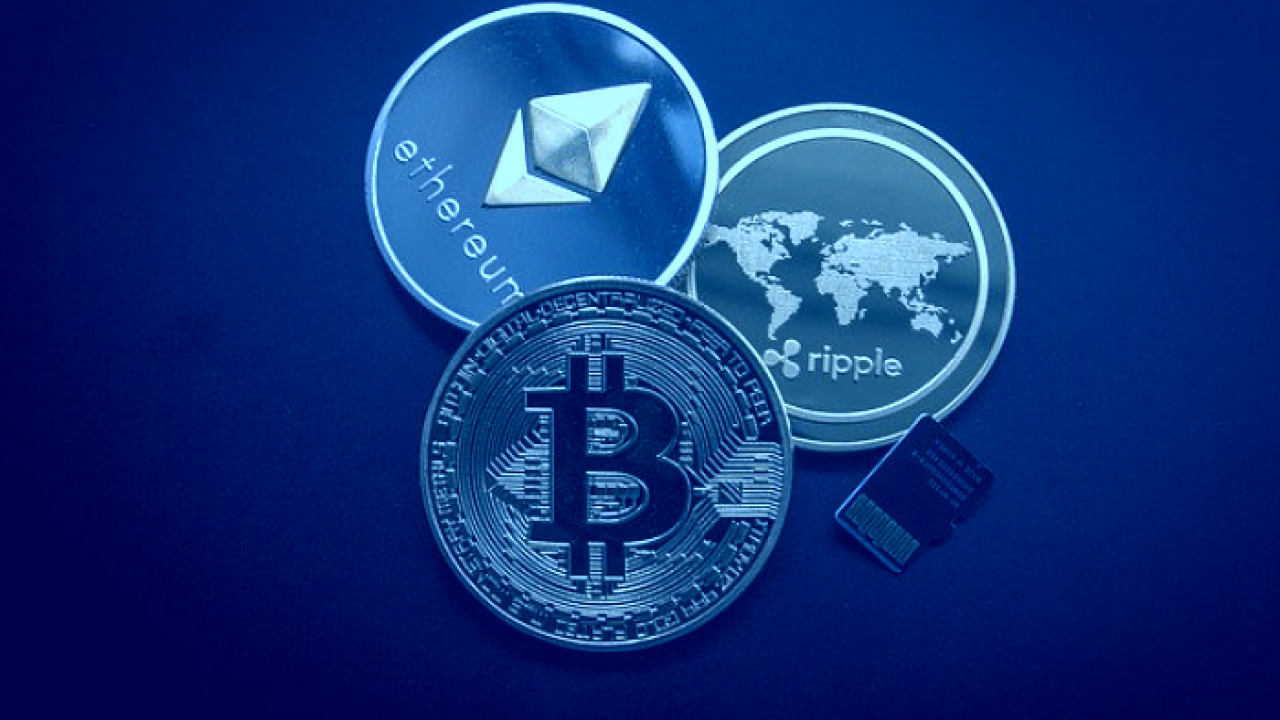What is Crypto banking?

The revolution in digital money is now moving into banking, as cryptocurrency is reshaping the way people borrow and save.
Crypto banking is a relatively new concept that discusses how people can use cryptocurrencies.
Over the past decade, Bitcoin and thousands of other cryptocurrencies have transformed the definition of money and spawned a parallel universe of alternative financial services, allowing crypto businesses to enter the world of traditional banking.
Cryptocurrencies represent digital assets that are created with the help of computer networking software and allow for secure trading and ownership. The technology that underpins Bitcoin and most other cryptocurrencies is known as blockchain, which retains a tamper-resistant record of transactions and keeps track of who owns what. Decentralised public blockchains work without the need for a central authority, such as a bank or government.
All You Need to Know About Crypto Banking
- The management of digital money at any financial service or banking provider is referred to as crypto banking. It is becoming increasingly popular since anyone with an internet connection can buy, sell, and trade cryptocurrencies.
- Customers can buy digital currencies with fiat (legal tender) and make withdrawals from their accounts with the help of a dependable, regulated banking and payments partner. Many traditional banking institutions are still having difficulty providing payments and banking services to digital asset enterprises.
- Traditional financial institutions invest in stocks and cash for investors and consumers in the same way that crypto banks do. Crypto banks, on the other hand, also hold digital assets in addition to regular fiat cash. A crypto interest account, which is essentially a digital equivalent of a savings account is beneficial because interest rates on these accounts can be as high as 10%, which is significantly more than a regular savings account. Cryptocurrency checking accounts are also available, and because most crypto checking accounts don’t charge monthly fees, you can retain more of your money.
- Crypto Banks accept a variety of payment methods (debit or credit card, bank transfer, Open Banking, account top-up, and so on) and assist with reconciliation processing using virtual IBANs (no payment references required), the foreign exchange solution helps to achieve global goals by allowing you to manage payments in numerous currencies.
The Future Of Crypto Banking
For centuries, the old banking system ruled. By taking deposits and afterwards lending some of that money to other customers, banks have long assisted governments in controlling the flow of money in their local economies. Banks may lend even more against their deposits as secondary markets for loans grew, allowing them to sell loans to investors after they were issued, freeing up room on their balance sheets to do additional lending.
You may expect some significant shifts in the financial sector in the coming years as regular banks catch on to customers’ desires for greater crypto capabilities in banking. Forecasts for crypto banking’s future suggest that if banks want to stay relevant and competitive in the future of digital currencies, they need to collaborate with fintechs. Major institutions are already debating whether Bitcoin should be classified as a valid asset class. As more investors make use of the crypto realm, banks may gain from increased traffic and profits.
